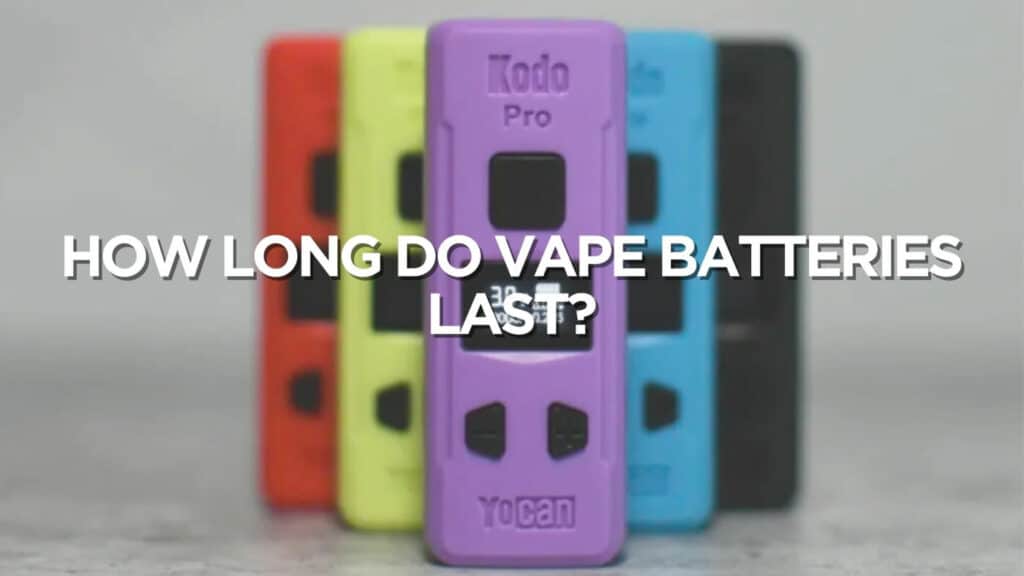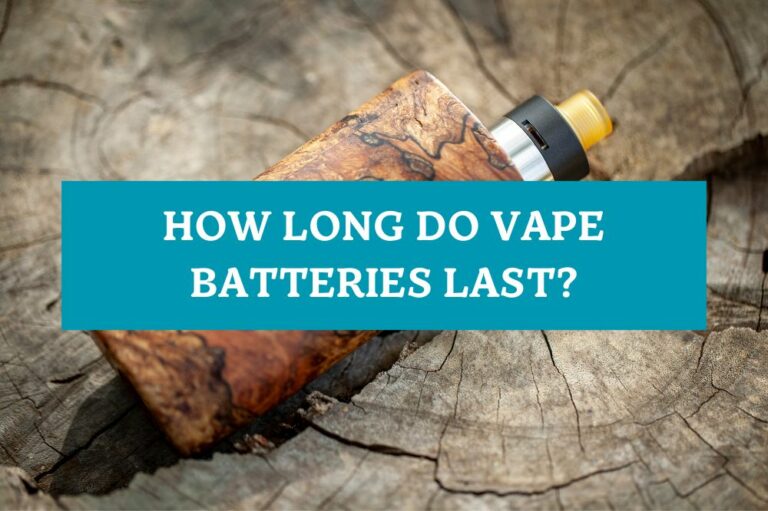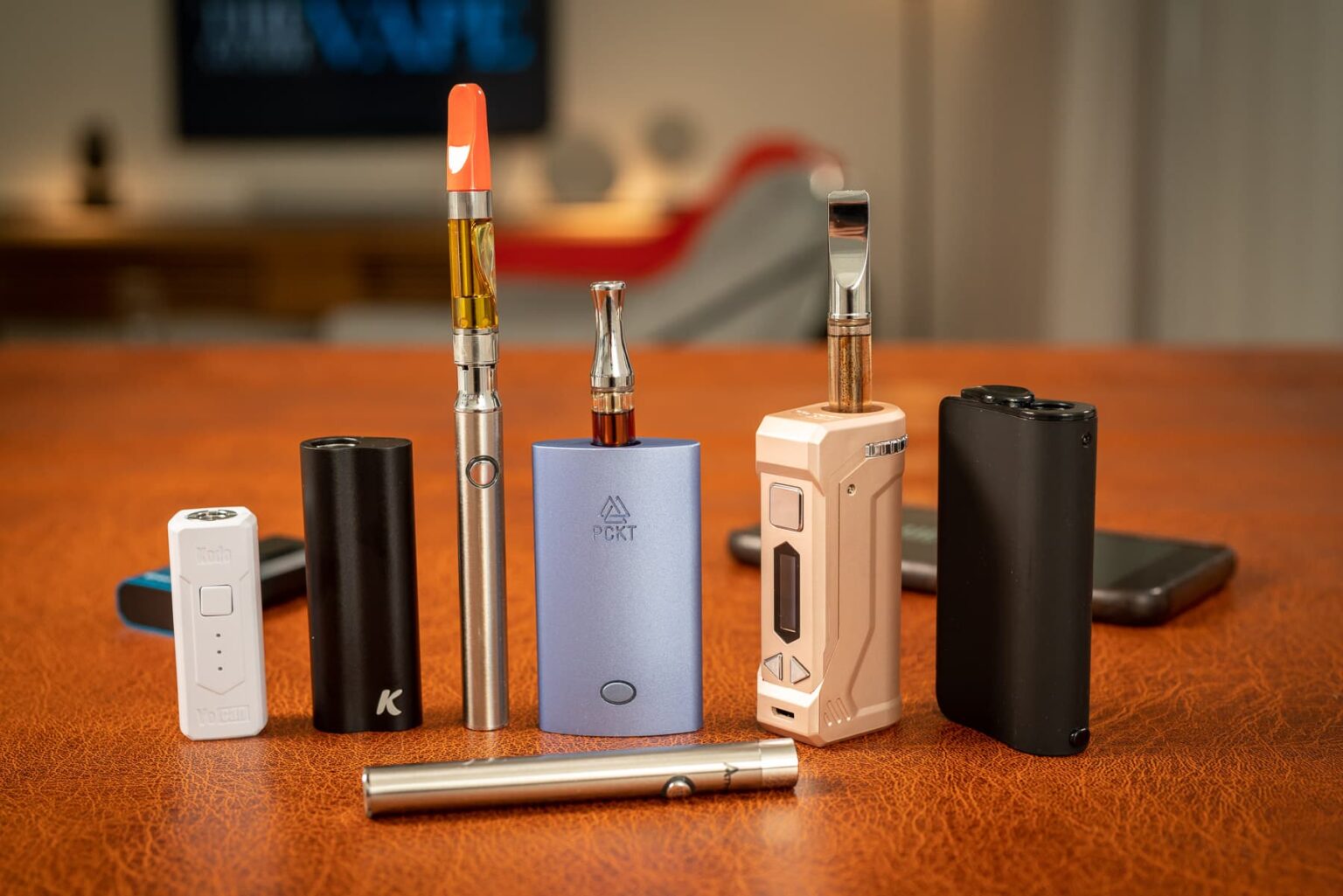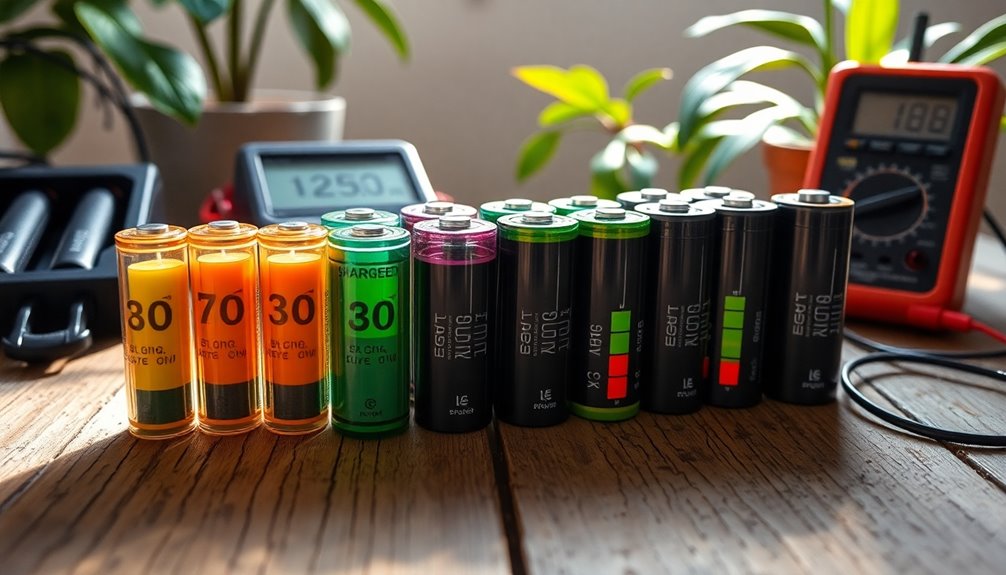How Long Do Rechargeable Vape Batteries Last

Rechargeable vape batteries are failing sooner than expected, leaving users frustrated and questioning product lifespan. Consumer reports are surging, highlighting a critical need for clarity on battery longevity and best practices.
This article delves into the factors affecting rechargeable vape battery life, offering data-backed insights and practical advice to maximize battery health and understand expected lifespan. We address user concerns surrounding premature battery degradation and explore strategies for informed purchasing and responsible usage.
Understanding Vape Battery Lifespan
Vape battery lifespan is not infinite. Several factors contribute to how long a battery will last before it needs replacing. Understanding these factors empowers users to make informed decisions and extend battery life.
Generally, a rechargeable vape battery is expected to last between 300-500 charge cycles. However, this is a broad estimate, heavily influenced by usage patterns and environmental conditions. Frequency of use is a major determinant; heavy users will naturally exhaust their batteries more quickly.
Factors Affecting Battery Longevity
Several elements impact the actual lifespan of a vape battery. These include charging habits, storage conditions, and device quality.
Charging practices significantly affect battery health. Overcharging, using incorrect chargers, and allowing batteries to fully discharge can all shorten lifespan. Always use the charger specifically designed for your device.
Storage conditions also matter. Extreme temperatures, both hot and cold, can degrade battery performance. Store your vape device in a cool, dry place when not in use.
The quality of the battery itself plays a crucial role. Cheaper, unregulated devices often use inferior batteries that are prone to failure. Investing in reputable brands with quality control is recommended.
Identifying Signs of Battery Degradation
Recognizing the warning signs of a failing battery is crucial for safety and optimal vaping experience. Early detection allows for timely replacement, preventing potential hazards.
Reduced battery life is a primary indicator. If your battery no longer holds a charge as long as it used to, it's likely nearing the end of its lifespan. Consistent reduced output from the vape is another telltale sign.
Overheating during charging or use is a serious warning. Discontinue use immediately if your battery becomes excessively hot. This could indicate internal damage and a potential fire hazard.
Visible damage, such as swelling or leaking, is an immediate cause for concern. Do not attempt to use a damaged battery. Dispose of it properly and replace it immediately.
Best Practices for Maximizing Battery Life
Implementing best practices can significantly extend the life of your vape battery. Simple changes in habits can yield substantial results.
Avoid overcharging. Once your battery is fully charged, disconnect it from the charger. Leaving it plugged in can damage the battery over time.
Use the correct charger. Using a charger with the wrong voltage or amperage can harm the battery. Always use the charger that came with your device or a manufacturer-approved replacement.
Store your device properly. Keep it away from extreme temperatures and direct sunlight. A cool, dry place is ideal.
Don't let the battery completely discharge. Recharge the battery before it's completely empty. Partial discharges are generally better for lithium-ion batteries than full discharges.
Disposal and Safety Concerns
Proper disposal of vape batteries is crucial for environmental safety and preventing hazardous incidents. Improper disposal can lead to fires and environmental contamination.
Never throw vape batteries in the trash. They contain hazardous materials that can leach into the environment. Always recycle them at designated battery recycling centers.
Many vape shops offer battery recycling programs. Check with your local vape shop for available options. Local municipal waste management facilities also often provide battery recycling services.
Damaged or swollen batteries pose a significant safety risk. Handle them with extreme caution and dispose of them immediately at a designated hazardous waste facility.
Industry Response and Future Developments
Growing consumer concern about battery lifespan is prompting industry discussions and potential improvements. Manufacturers are exploring more durable battery technologies and enhanced safety features.
Some companies are developing batteries with extended lifecycles and improved charging capabilities. Research into solid-state batteries, for instance, holds promise for longer-lasting and safer vape devices.
Consumers are encouraged to stay informed about product recalls and safety advisories. Regularly check manufacturer websites and industry news for updates on battery-related issues.
Ongoing investigations are seeking standardization in battery testing and labeling. Increased transparency will empower consumers to make informed purchasing decisions.
Users experiencing premature battery failure should contact the manufacturer or retailer. Warranty claims and product feedback can contribute to quality improvements and greater consumer satisfaction.












![How Long Do Rechargeable Vape Batteries Last How Long Do Rechargeable Batteries Last When In Use? [Updated On- 2023]](https://mlibx7rog4g3.i.optimole.com/w:auto/h:auto/q:mauto/f:avif/https://batteryhubs.com/wp-content/uploads/2023/05/How-Long-Do-Rechargeable-Batteries-Last-When-In-Use.jpg)



![How Long Do Rechargeable Vape Batteries Last How Long Do Rechargeable Batteries Last When In Use? [Updated On- 2024]](https://batteryhubs.com/wp-content/uploads/al_opt_content/IMAGE/mlibx7rog4g3.i.optimole.com//w:600/h:360/q:mauto/f:best/https://batteryhubs.com/wp-content/uploads/2023/05/Types-Of-Rechargeable-Batteries-And-Their-Lifespan.jpg)

